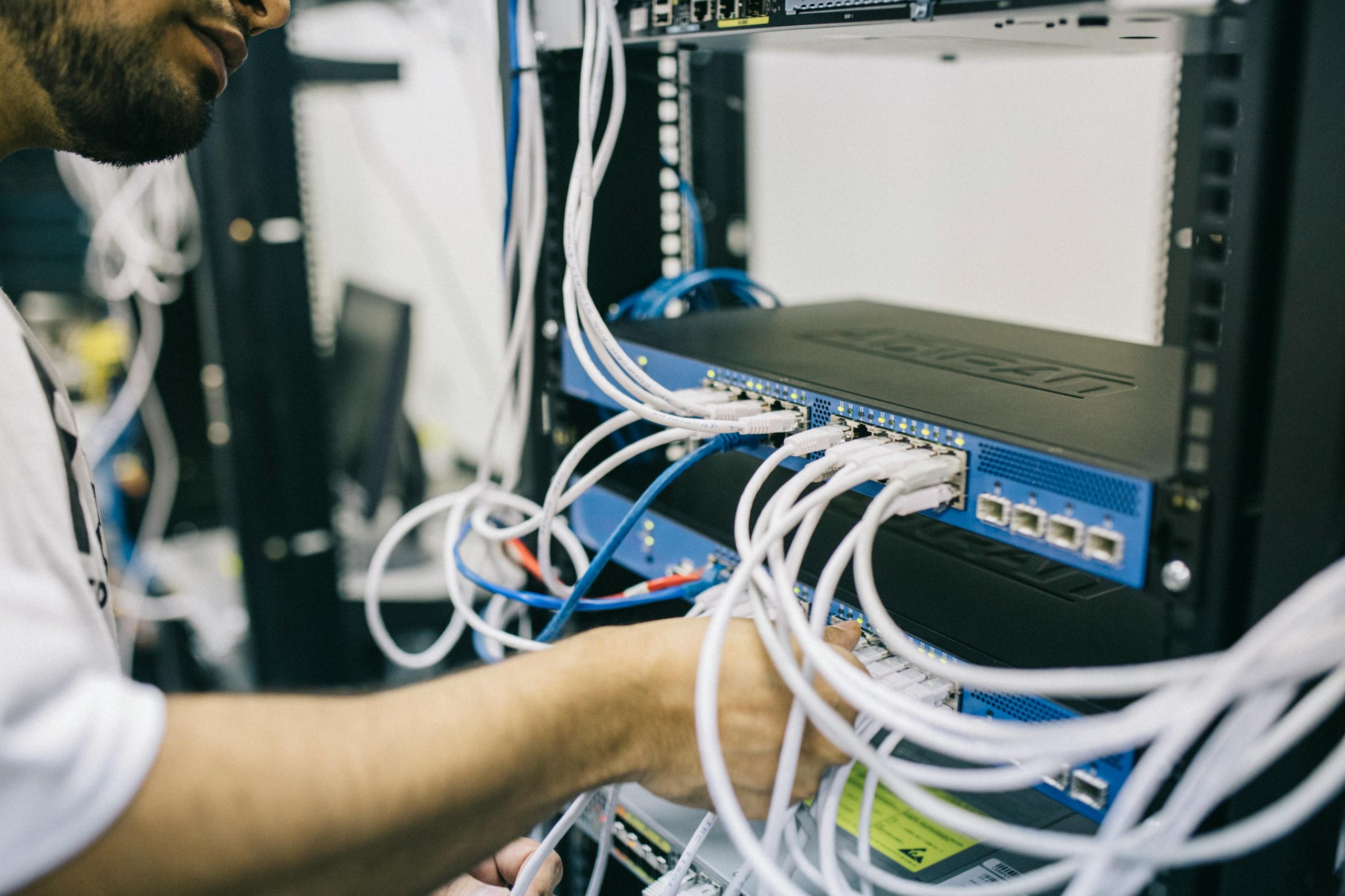Injection molding is a popular method for producing accurate, high-quality plastic parts. It’s fast and cost-effective, and it’s environmentally friendly.
The process can be used to create a variety of parts and components, including pipes, fittings, and electrical boxes. It’s also a good choice for manufacturing complex, intricate shapes and details that are difficult to create using other methods.
High-Quality Products
A plastic manufacturing Boonton, NJ, provides high-quality products for many industries, including transportation, communications, agriculture, and housewares. These components are a cost-effective alternative to metals and can resist humidity, temperature extremes, and UV exposure.
The manufacturing process involves injecting molten plastic resin or liquid polymers into hollow molds until they are filled to the appropriate level of thickness. The parts are then cooled and removed from the mold.
These parts can be very strong and durable or highly flexible, depending on the materials used. They also can be colored to match a particular aesthetic or color preference.
The best injection molding manufacturers can meet high industry production standards and deliver on time every time. Look for a company that is ISO 9001 certified to ensure you are working with an experienced manufacturer.
Faster Production Time
Plastic injection molding is a fast and versatile process that can produce accurate parts at a very high production rate. It’s also incredibly cost-effective and offers many benefits for your business.
Injection molding is the most commonly used manufacturing method to create complex three-dimensional components and parts in virtually any plastic material, including polymer resins that become molten when heated.
This process can be very efficient and highly automated, producing hundreds of parts per hour at a very low cost.
The process starts by feeding small plastic beads into a screw and barrel system that melts the plastic into a liquid, then forces it into a closed mold cavity to shape, cool, and harden.
The process can be flexible, allowing you to create intricate part designs unique to your business and the end customer. It also offers a variety of surface texture options that can enhance the appearance and performance of your parts.
Lower Costs
When you choose to work with a plastic injection molding manufacturing company, you’ll be able to save money in the long run. The process combines inexpensive thermoplastics, short cycle times, and minimal labor to produce high-quality parts.
Molding costs vary based on the part complexity and the material used in the mold. Often, parts with sharp corners or features that require machining deeper than 1/16 inch into the mold will increase the tooling cost.
The size of the component also affects mold costs since greater components require larger molds. Molds that need to be sturdy or can’t be fixed immediately will also cost more to fix over time than replace.
The type of resin used in the manufacturing process will also impact the price of an injection mold. This is due to the diverse qualities, additions, and availability of various materials.
Environmentally Friendly
Injection molding manufacturing is an environmentally friendly process that can benefit your business in several ways. It can minimize material waste, promote the use of recyclable materials, and help reduce transportation emissions.
Whether you’re creating products for your business or looking to improve your packaging, plastic injection molding can be an eco-friendly solution. It’s a simple, automated process that reduces costs and can provide high-quality products for your customers.
One of the most significant sustainable benefits of injection molding is that it can use recycled and biodegradable plastics. These materials require less energy to produce than virgin plastic and don’t contribute to pollution.
Many large companies have sustainability goals, including reducing virgin materials and increasing the use of post-consumer recycled resins. However, legacy injection molding technology and systems typically limit their ability to achieve these objectives.




